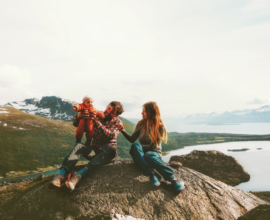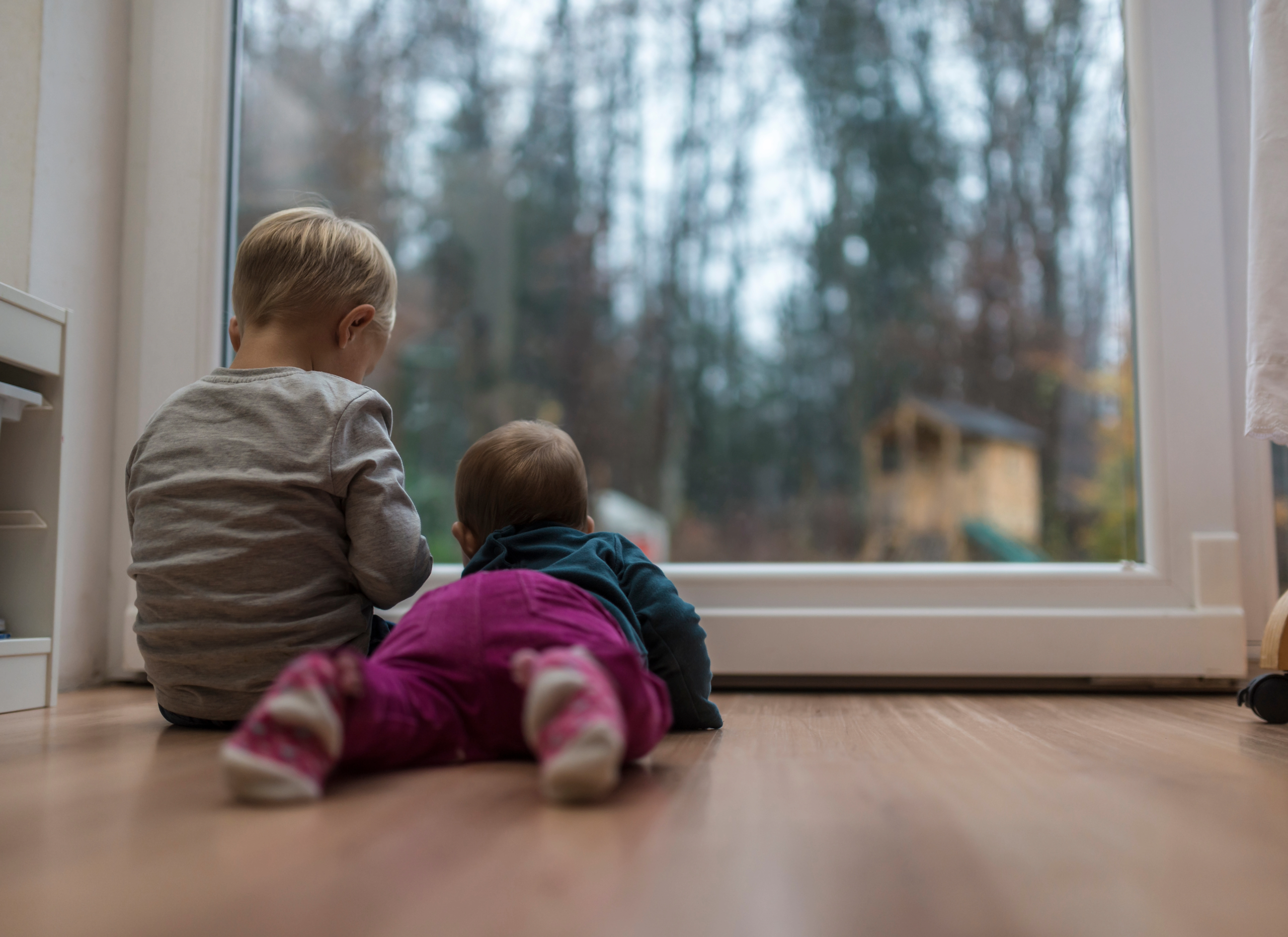Back to School with National Parks
Hands-On Learning Inspired by Parks
Republished article from the National Park Foundation
A fully packed backpack. The scent of freshly sharpened pencils. First-day jitters. The annual back to school season conjures up memories and excitement alike for many of us. But learning doesn’t end when we graduate from school. And there’s no better place to continue learning throughout our lives than in our over 400 national parks. Whether it’s learning about the varied landscapes within our country, our multifaceted history and the personal stories of those who came before us, or even learning about ourselves and our place within the world – national parks offer all sorts of ways to continue your exploration and discovery.
Even when you’re not in a park, you can enjoy a variety of activities that bring the stories, environments, and delights of our national parks to life. This year, let’s all enjoy some of the educational park-inspired fun that brings the lessons of our national parks to the comfort of our home.
BRING HISTORY TO LIFE WITH CULTURAL RESOURCES
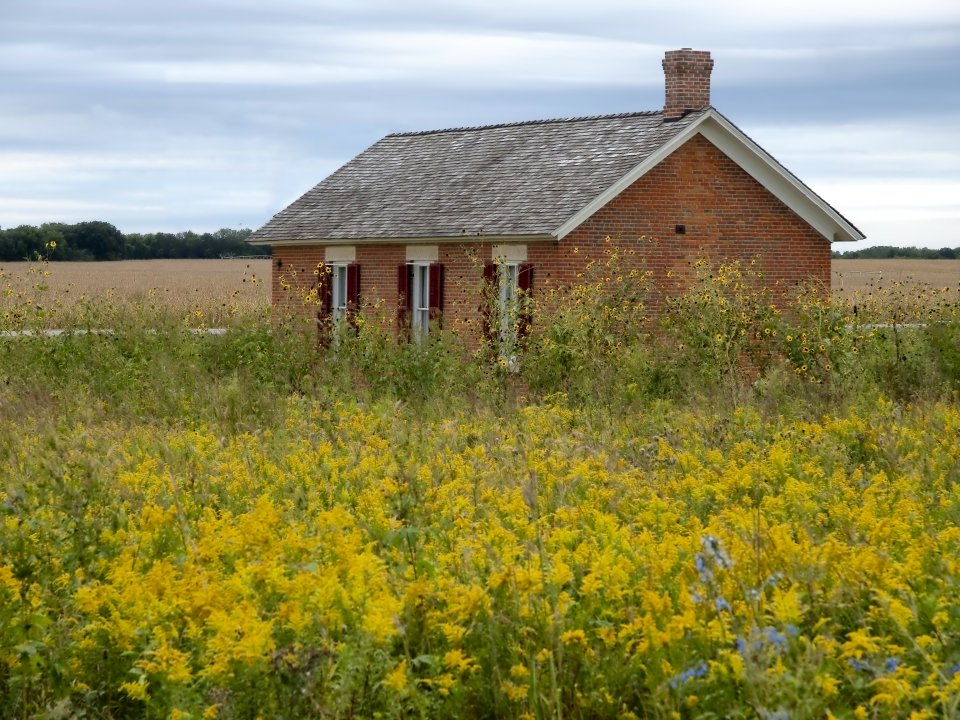
-NPS Photo
While many of us remember learning history through reading a textbook, historians like those who work with the National Park Service use all sorts of materials to learn about the past. With millions of artifacts preserved in the National Park System – from the gun that shot Abraham Lincoln to the Leaves of Friendship album at Dry Tortugas National Park – everyday objects can act as cultural resources that bring history to life.
Flex your detective skills by decoding Benjamin Church’s coded letter, learn how to read a historic photograph, search through homesteading case files to discover the lives of those who moved West, build your own carronade, or explore a census to learn about servants and those who didn’t leave many written records.
GO WILD WITH PARK WILDLIFE
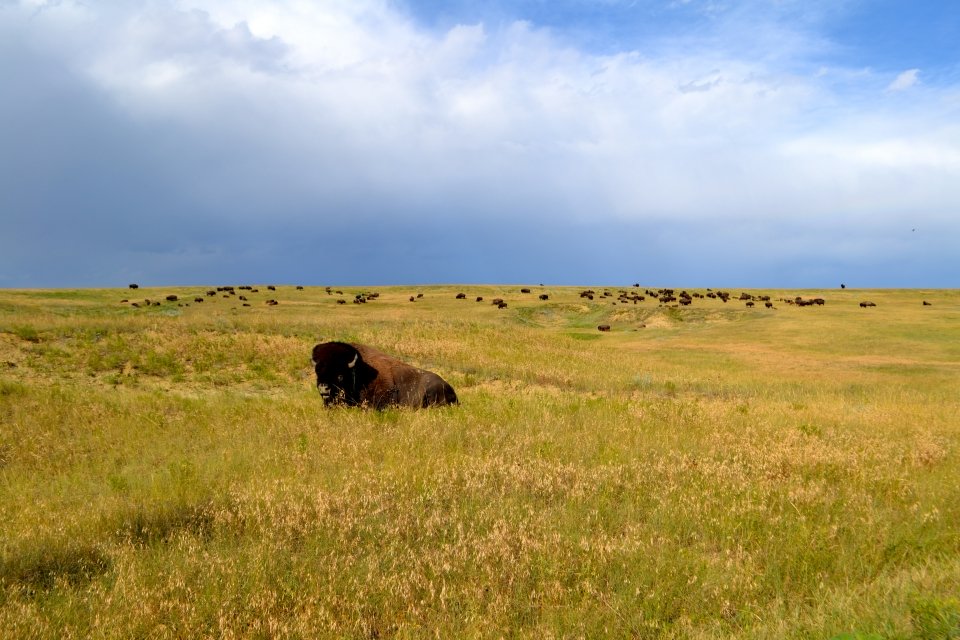
-NPS Photo
One of the most thrilling things about visiting scenic national parks is spotting wildlife. From the iconic wolves of Yellowstone National Park to the Bison in Badlands National Park, the National Park Foundation supports a variety of wildlife protection and conservation efforts. But you don’t have to be in the parks to learn about all of the animals, fish, and plants that call our parks home, or the ways they contribute to the park’s ecosystem. Hone your identification skills so that on your next park visit, you can enjoy those wildlife sightings even more!
Take to the skies with red-tailed hawks, brown creepers, or ruby-throated hummingbirds like those spotted in Cuyahoga Valley National Park, build your own beaver dam and learn about beavers like those at Fort Vancouver National Historic Site, learn how to exhale like a whale along Point Reyes National Seashore, play backyard bird bingo with rangers at Mount Rainier National Park, learn how to spot invasive species found along Apostle Islands National Lakeshore, or become a Junior Ranger Underwater Explorer. You can also learn the park wildlife ABCs to explore the wide array of wildlife that can be found in our parks or take a virtual walk among park wildflowers.
DIG INTO THE PAST
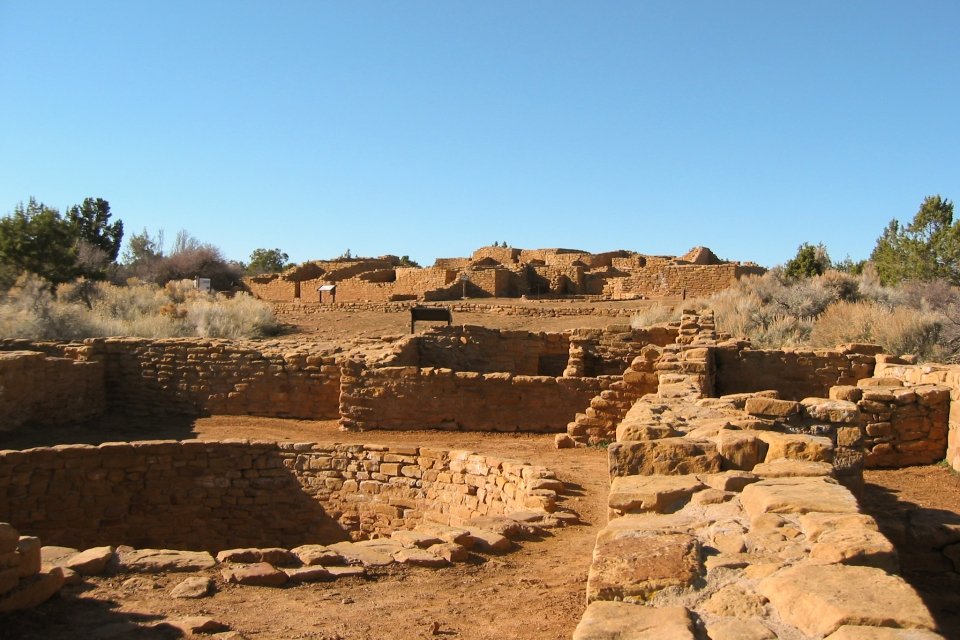
-NPS Photo
History isn’t always just documented and discovered by items – sometimes historians must unearth stories and histories from the ground up! Parks across the country preserve archeological finds – from the forts in Jamestown at Colonial National Historical Park to the Ancestral Pueblo cliff dwellings at Mesa Verde National Park – and paleontologists, like those at Dinosaur National Monument and Florissant Fossil Beds National Monument, study animal and wildlife remains like fossils and bones to reconstruct long-lost wildlife and ecosystems. Historians, archeologists, and paleontologists in parks continue to make discoveries that inform our perceptions of history.
Learn more about how these structures and items are discovered, examined and preserved by becoming a Junior Archeologist or Junior Paleontologist, design and create your own fort, like those found at First State National Historical Park, use everyday shapes to identify earthworks, or trace the journey of the materials found in artifacts now at Hopewell Culture National Historical Park.
PUT SCIENTIFIC IDEAS INTO ACTION
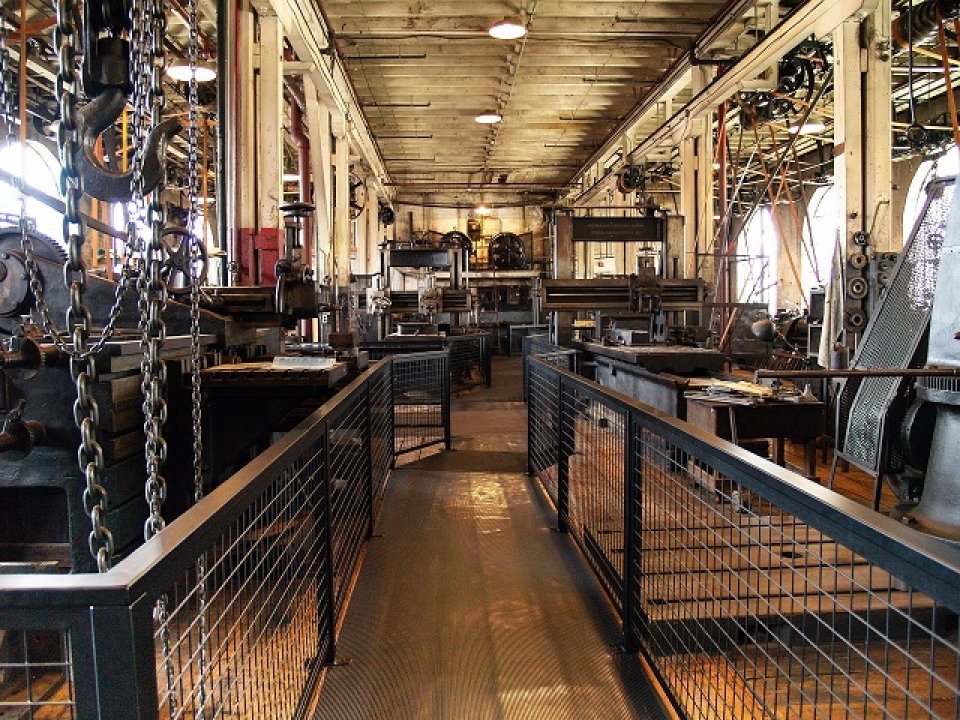
-NPS Photo
Parks are a natural laboratory to explore science and the National Park Foundation supports a variety of programs and initiatives that both use parks to illustrate science in action and use innovative scientific findings to preserve and protect our parks so they can be enjoyed for generations to come. The Citizen Science 2.0 program connects students to local parks to explore ideas like watershed health and park ecosystems and the Mellon Science Fellows use cutting-edge scientific techniques to tackle park’s pressing problems.
Learn the basics of recycling versus upcycling with First State National Historical Park, unscramble water quality vocabulary with Apostle Islands National Lakeshore, become a backyard geologist with Devils Tower National Monument, explore the science and importance of sound in the parks, make your own thaumatrope, or go out of this world by exploring the stars above as a Night Skies Explorer or a Spaceflight Explorer.
GET CRAFTY
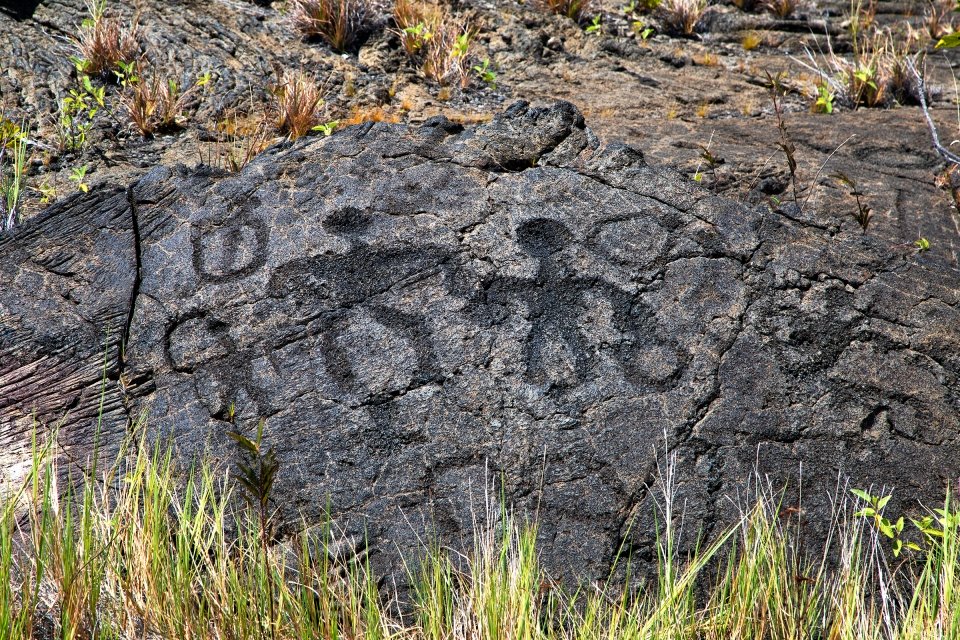
-NPS Photo / J. Wei
In addition to written records and archeological findings, cultural artifacts like petroglyphs, photographs, and artistic representations of our parks and those who have inhabited those lands help us in telling a full story of a place’s history and culture. Rich in significance and meaning, these items can literally paint a picture of a place or a moment in time.
Recreate some of these cultural artifacts by creating your own winter count – a pictorial calendar or history created by American Indian tribes – with Fort Union Trading Post National Historic Site, try your hand at nature poetry with Devils Tower National Monument, design your own ratification star with Belmont-Paul Women’s Equality National Monument, build your own parfleche, or folded carrying bag used by Plains Indian tribes, create your own ink with First State National Historical Park, or craft your own paper flower message using floriography, or the Language of Flowers, popular in the mid-1800s.
Another way we learn about history is through oral histories. For thousands of years people have passed down stories verbally, telling them to their friends or family, who in turn tell their friends, and on and on. Park rangers in some parks collect and use oral histories to bring the past to life for visitors to their parks. The National Park Foundation supports the collection of oral histories in parks across the country, preserving these stories in recordings that can be listened to for generations.
RECORD YOUR OWN HISTORIES

You too can be a part of this long history of oral history and personal storytelling. Connect with someone in your family and ask them about their life and record an oral history, create a family tree to link your history with your relatives, or create your own travel journal to collect all the stories of your experiences. One day these things could be used by historians to discover your personal history!
TAKE A BREAK

What is school without a little recess? Enjoy fun, yet still educational, activities in our digital parkcade. Download a coloring book page, complete a crossword or word search, or even challenge yourself with our own set of trivia questions. Explore other activities you can enjoy from the comfort of your home by visiting our Parks at Home page, discover other ways to become a Junior Ranger online, or even take a virtual visit to a national park!
When you’re ready to venture to a park for an in-person educational adventure, know the #RecreateResponsibly principles. If you’re looking for a new park to explore, check out our tips for introducing kids to parks and our list of stroller-friendly trails and pathways, or take our Find Your Park Quiz to get personalized recommendations!


